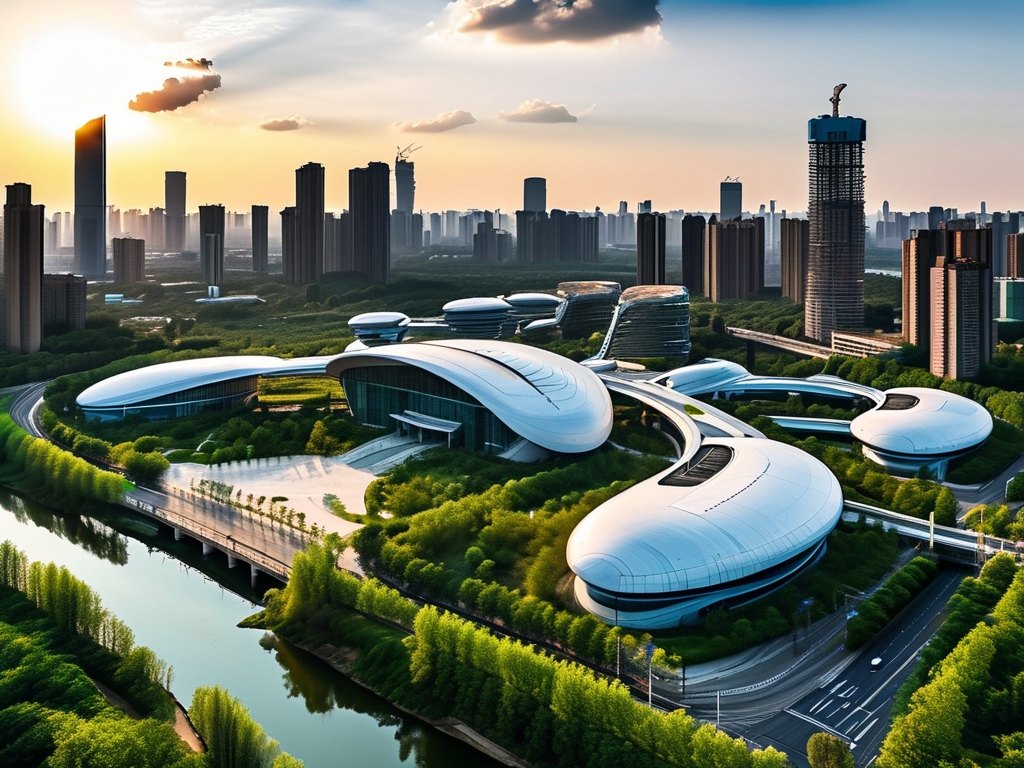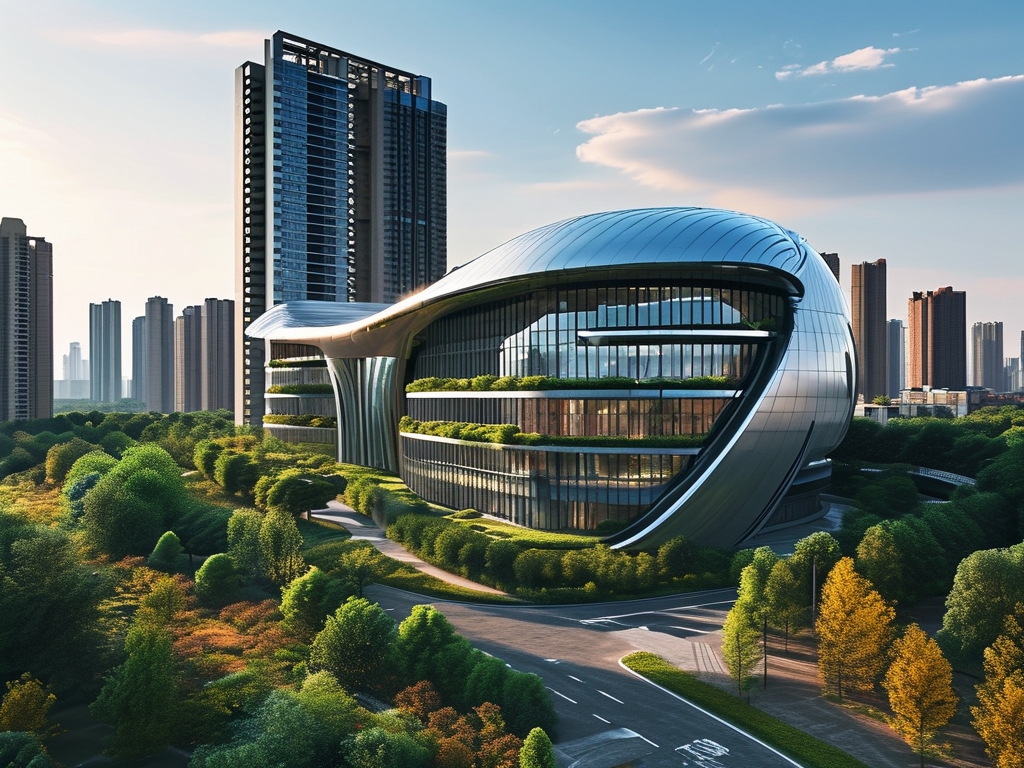In recent years, Wuhan, a bustling metropolis in central China, has emerged as a critical player in the global technology landscape. Among its growing specialties, the role of AI system architects has gained significant traction, driven by the city’s strategic investments in artificial intelligence, robust academic institutions, and a thriving tech ecosystem. This article explores the evolving landscape for AI system architects in Wuhan, highlighting the opportunities, challenges, and future prospects of this dynamic field.
Wuhan’s Technological Transformation
Wuhan’s reputation as a tech hub is anchored in its unique blend of resources. Home to prestigious universities like Wuhan University and Huazhong University of Science and Technology (HUST), the city produces a steady stream of engineering and computer science graduates. These institutions have established dedicated AI research labs, fostering collaboration between academia and industry. Additionally, Wuhan’s government has prioritized AI development through initiatives like the “Optics Valley of China” (East Lake High-Tech Development Zone), which houses over 12,000 tech companies, including AI startups and R&D centers.
For AI system architects, this environment offers fertile ground. These professionals design the backbone of AI systems—scalable infrastructures that integrate machine learning models, data pipelines, and cloud computing resources. In Wuhan, architects are tasked with solving challenges unique to industries such as smart manufacturing, healthcare, and autonomous transportation, all of which are rapidly adopting AI.
The Role of an AI System Architect in Wuhan
An AI system architect’s responsibilities extend beyond coding. They must align technical solutions with business goals, optimize system performance, and ensure security and compliance. In Wuhan, this role often involves collaborating with cross-functional teams, including data scientists, software engineers, and product managers. For example, architects at companies like Xiaomi or Douyin (TikTok)’s regional offices in Wuhan work on projects ranging from recommendation algorithms to real-time data processing systems.

One standout case is Wuhan’s smart city initiatives. AI architects here design systems that manage urban data—traffic flow, energy consumption, and public safety—using technologies like edge computing and federated learning. These projects demand architects who understand both technical complexity and societal impact, a balance Wuhan’s ecosystem is uniquely positioned to address.
Advantages of Building a Career in Wuhan
- Cost-Effective Talent Pool: Compared to Beijing or Shanghai, Wuhan offers lower living costs while maintaining access to top-tier engineering talent. This affordability attracts startups and multinational corporations alike.
- Government Support: Subsidies for AI projects, tax incentives, and grants for innovation create a supportive environment for tech professionals.
- Collaborative Ecosystem: Proximity to universities and research institutes enables architects to stay at the forefront of AI advancements. Events like the China Optoelectronics Expo further foster networking and knowledge sharing.
Challenges to Overcome
Despite its strengths, Wuhan faces hurdles in solidifying its status as an AI powerhouse. Retention of skilled architects remains a concern, as professionals often gravitate toward first-tier cities for higher salaries or global exposure. Additionally, while local universities excel in theoretical research, there is a growing need for industry-aligned training programs to bridge the gap between academia and real-world applications.
Another challenge is international collaboration. While Wuhan’s AI ecosystem is vibrant domestically, it lags behind Shenzhen or Hangzhou in global partnerships. Enhancing cross-border innovation networks could accelerate breakthroughs in areas like natural language processing or autonomous systems.

The Future of AI System Architecture in Wuhan
Looking ahead, Wuhan is poised to leverage its strengths in hardware manufacturing and 5G infrastructure to advance AI system design. The integration of AI with industries like biotech (a sector where Wuhan already excels) presents new frontiers. For instance, architects could develop AI-driven drug discovery platforms or precision medicine systems.
Moreover, Wuhan’s focus on sustainability aligns with global trends. AI architects here are increasingly tasked with building energy-efficient systems, reducing the carbon footprint of data centers, and optimizing renewable energy grids—a niche that could define the city’s global contribution.
Wuhan’s rise as a hub for AI system architects reflects broader shifts in China’s tech geography. By combining academic excellence, government support, and a cost-effective ecosystem, the city offers a compelling proposition for professionals in this field. However, sustaining growth will require addressing talent retention, enhancing global ties, and fostering industry-academia synergy. For aspiring AI system architects, Wuhan represents not just a career destination but a front-row seat to shaping the future of intelligent systems.
As the city continues to innovate, its architects will play a pivotal role in transforming ambitious AI visions into reality—proving that Wuhan is much more than “China’s Chicago,” but a beacon of technological progress in its own right.

